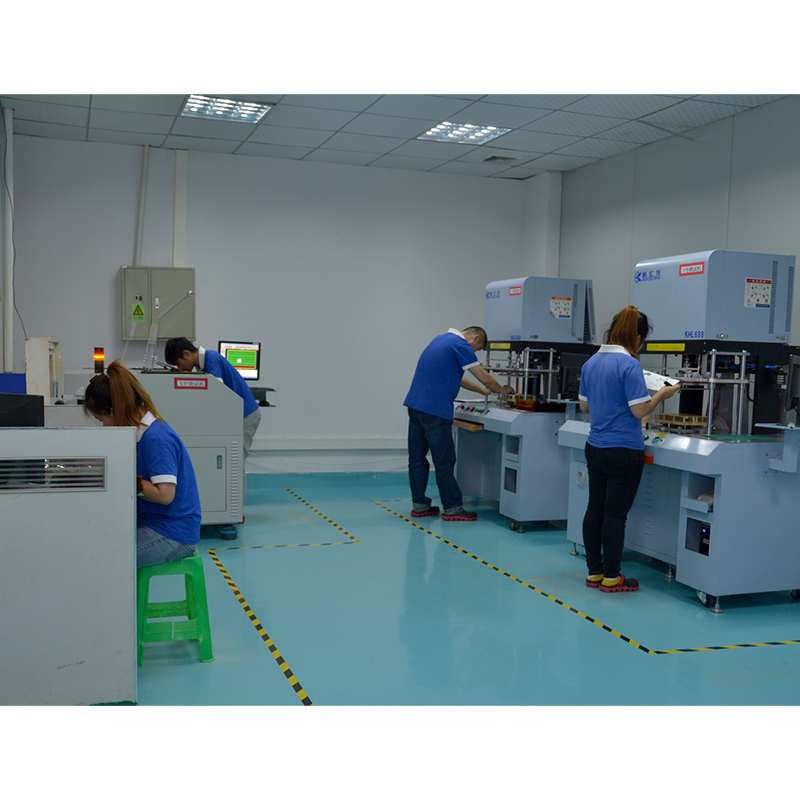In this blog post, we will explore the capabilities of rigid-flex circuit boards (RFCB) and analyze its potential in three-dimensional environments.
In today’s fast-paced world, technological advancements are constantly evolving. From smartphones to artificial intelligence, the possibilities seem endless. The use of rigid flexible circuit boards (RFCB) is an area of significant growth. These unique circuit boards offer a range of advantages over traditional circuit boards and have revolutionized various industries. However, a common question remains – can rigid-flex circuit boards be used in 3D applications?
To understand the potential of rigid-flex circuit boards for 3D applications, we must first understand the basics of their construction. RFCB is a hybrid circuit board that combines rigid and flexible substrates, hence the name “rigid-flex circuit board.” These circuit boards consist of flexible layers interconnected by rigid layers using plated through hole (PTH) technology. This unique structure allows the RFCB to bend, twist and bend, making it suitable for applications requiring a compact and flexible design.
A key advantage of using RFCBs in three-dimensional applications is their ability to fit into tight spaces and conform to unusual shapes. Traditional circuit boards are limited to flat, planar surfaces, but RFCBs can be bent and shaped to fit complex geometries. This flexibility offers designers and engineers a wide range of possibilities, especially in industries where space is at a premium, such as aerospace and medical equipment.
For example, in the aerospace industry, the use of RFCBs in three-dimensional applications is receiving increasing attention. These boards can be molded and shaped to fit into small aircraft parts where space is limited, such as wings. By leveraging RFCB, engineers can maximize the use of available space without compromising performance or reliability. The flexibility of the RFCB also allows for the design of unique and efficient aerodynamic shapes, further enhancing the overall performance of the aircraft.
Likewise, the medical device industry is another area where RFCB has found important applications in three-dimensional environments. Medical devices often require compact designs to be implanted or attached to the human body. With RFCB, manufacturers can create medical devices that are not only compact, but flexible enough to conform to the natural contours of the human body. This ensures a comfortable fit and improves patient comfort during use of these devices.
Additionally, the use of rigid-flex circuit boards in automotive applications opens up new avenues for innovation and design. In the past, wiring harnesses in vehicles were bulky and rigid, limiting the overall flexibility of the electrical system. However, with the adoption of RFCB, manufacturers can now create wire harnesses that can be bent and twisted, allowing for greater design freedom. This flexibility not only reduces space requirements but also improves the performance and reliability of the vehicle’s electrical system.
While the advantages of RFCBs in three-dimensional applications are clear, certain factors must be considered before deploying them in such environments. First, the mechanical stresses experienced by RFCBs in three-dimensional applications may be significantly different from traditional planar applications. Designers must consider material properties, flex cycles and potential environmental factors to ensure board reliability and longevity.
Additionally, it is crucial to understand the electrical performance of RFCBs in three-dimensional applications. Factors such as signal integrity, impedance control, and power distribution must be thoroughly analyzed to ensure proper operation. The integration of different components with the RFCB must also be carefully considered to ensure seamless interconnection and efficient electrical performance.
The future of RFCB in three-dimensional applications looks promising. As technology continues to advance, the need for compact, flexible designs will only grow. Industries such as aerospace, medical devices and automotive will continue to benefit from the unique properties of RFCB, allowing them to push the boundaries of innovation and design.
In summary, rigid-flex circuit boards have great potential in three-dimensional applications. Their ability to bend, twist and flex provides designers and engineers with unparalleled flexibility in creating compact, efficient designs. Whether in aerospace, medical devices or automotive applications, RFCB has proven to be a game changer. However, it is crucial to carefully consider both the mechanical and electrical aspects to ensure optimal performance and reliability. With continued advancements and improvements, RFCB will revolutionize the way we approach 3D applications in the future.
Post time: Oct-06-2023
Back







